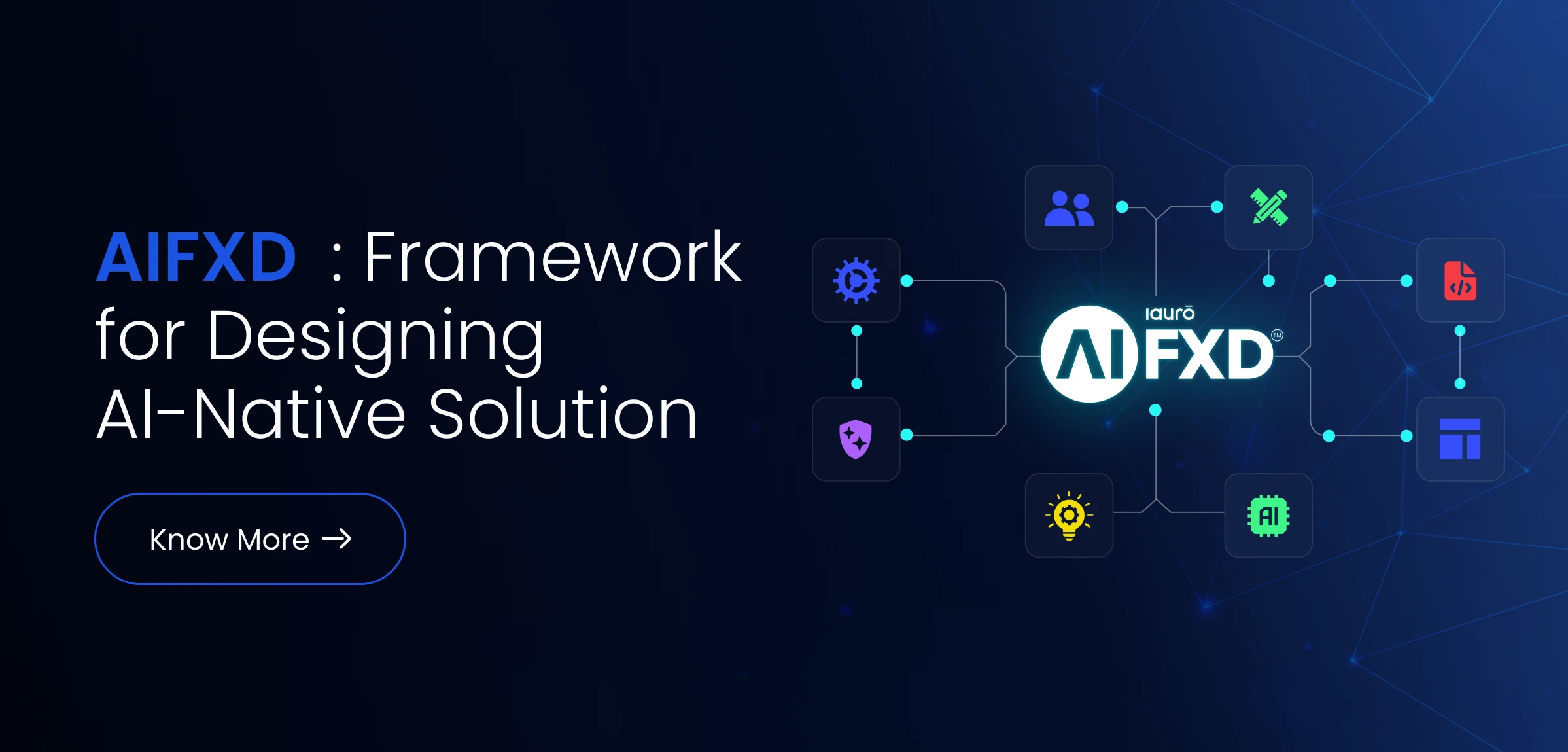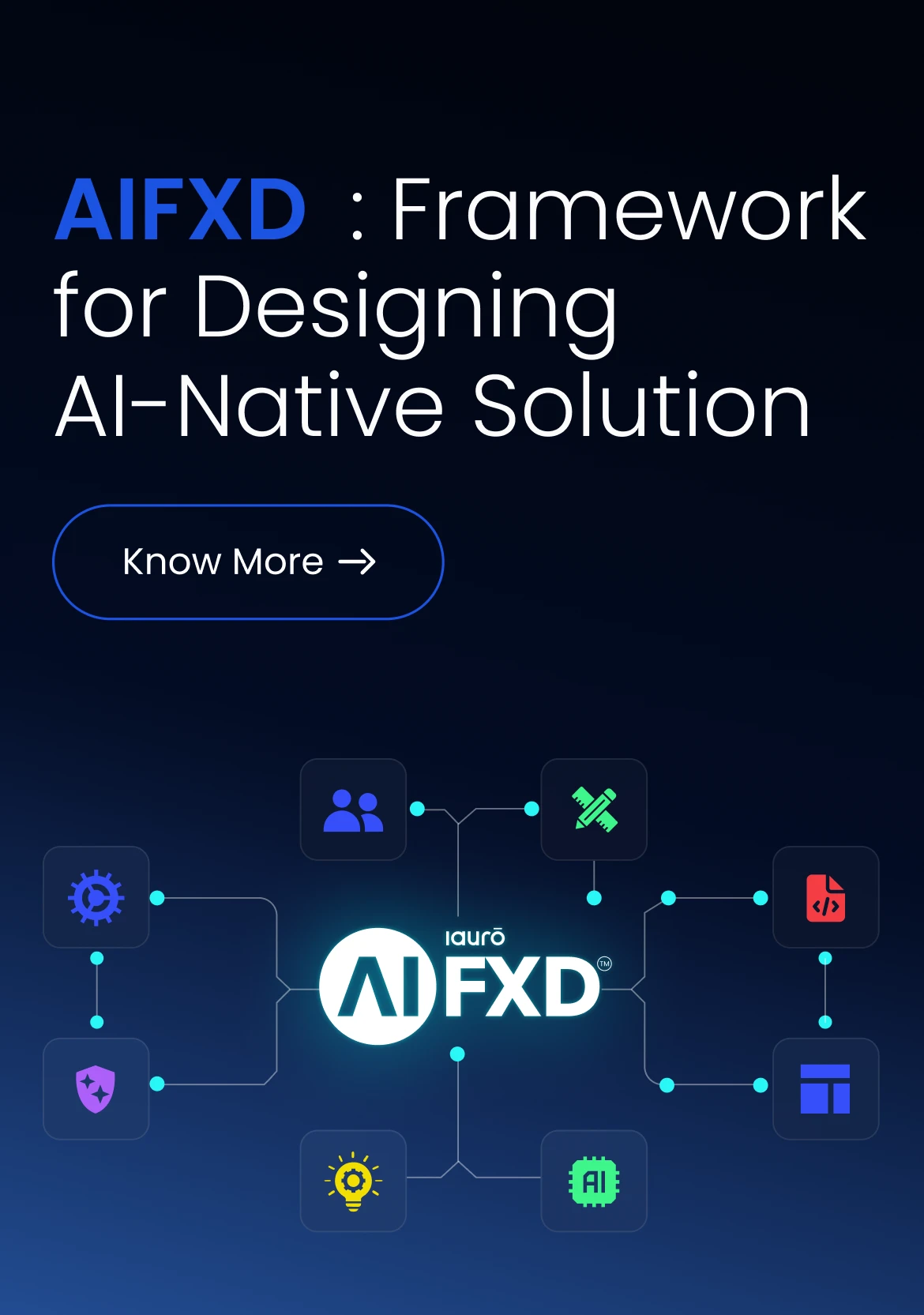From Tools to Thinking Systems: What AI-Native Really Means for Your Business


Most businesses have added AI. But very few have built around it.
That’s the core problem—and the opportunity. You might have AI running in a few tools here and there. A dashboard for leadership, a chatbot for customer service, maybe a forecasting model in supply chain. All useful, sure. But if it’s not driving decisions at the core, it’s just a layer. It’s not structural.
That’s the difference between using AI and being AI-native.
And that difference is costing you more than you think.
The Add-On Trap (And Why It’s Holding You Back)
Adding AI after the fact is like trying to digitize a paper filing cabinet. Sure, it’s better than before. But it’s still clunky, fragile, and out of sync with how modern systems should work.
In most enterprises today, AI is layered on top of legacy workflows. You’ve got isolated tools solving isolated problems. Your forecasting engine doesn’t talk to your sales platform. Your service bot can’t loop insights back to product teams. You’ve technically “adopted AI”—but only in parts.
It’s reactive. It’s fragmented. And it almost always hits a wall.
According to Gartner, at least 30% of GenAI projects are abandoned after proof of concept. Informatica reports two-thirds of enterprise AI stuck in pilots. And 74% of companies admit they struggle to scale AI in a way that actually moves the needle.
That’s not an AI failure. It’s a design failure.
AI-Native, Explained Without the Jargon
AI-native systems are built to think—not just calculate.
They aren’t stitched together—they’re architected from the ground up to embed intelligence into the way your business operates. The system doesn’t need someone to ask for a report; it already knows what matters and acts on it.
The difference lies in how the system is built.
Where bolt-on AI might enhance one process, AI-native systems bake intelligence into the entire workflow—from how data flows, to how decisions are made, to how actions are triggered. You’re not just adding logic. You’re making logic the operating system.
It’s not just tech—it’s a mindset. A system that’s designed to reason, not just run.
So, Why Should Business Leaders Care?
Because AI-native systems aren’t just smarter. They’re better for business. Let’s talk through what that actually looks like.
Smarter Decisions, Faster
These systems are connected to real-time data streams, allowing them to analyze and act on information as it happens. Instead of waiting for a weekly report, your system is making decisions on the fly—whether that’s rerouting a shipment, prioritizing a sales lead, or flagging risk in a contract.
Reduced Dependence on Manual Work
AI-native logic replaces repeated manual checks and escalations with autonomous workflows. The result? Fewer delays, fewer errors, and more time for your team to focus on high-value thinking instead of low-value repetition.
Scalability Without Rebuilding Everything
Modular architecture allows these systems to grow with your business. Need to add a new AI model? Integrate a new data source? Done—with minimal rework and no fragile codebases.
More People Actually Use the Tools
Because these systems are built around how people think and work—not just how machines process—they’re easier to trust and easier to adopt. That translates into higher usage rates, better data inputs, and stronger outcomes across departments.
You Stay Future-Ready
AI-native systems are flexible. They’re built to evolve as the technology does. So when the next generation of models arrives, or your strategy shifts, you’re ready—not racing to rip and replace another platform.
How to Know If You're Not There Yet
Still unsure whether your business is AI-native or just “AI-washed”? These signs usually point to the latter.
Your projects never leave the pilot phase.
If your AI models are stuck in PoCs or MVPs and never make it to real production environments, chances are they’re not built into your system—they’re sitting on top of it.
Data lives in silos, not in systems.
When every department has its own reporting format, storage logic, and data refresh rate, your AI can’t reason across the business—it can only guess within narrow lanes.
Manual workarounds are everywhere.
If your team is still using spreadsheets to close gaps between systems, or copy-pasting insights from one tool to another, you’re relying on people to hold together what your platform can’t.
Adding new intelligence feels painful.
When upgrading your AI capability means custom code, vendor calls, and weeks of QA, that’s a sign your system isn’t modular. It’s patched.
Model performance is rarely monitored.
If your AI is deployed and left alone, without built-in feedback loops or monitoring systems, you’re flying blind. AI-native systems constantly test, learn, and refine.
What the Shift Actually Looks Like in Practice
Going AI-native doesn’t mean throwing out everything you’ve built. But it does mean changing how you think about what you build next.
Start by rethinking your system architecture. Instead of planning feature by feature, think in layers: data, intelligence, interface, feedback. How does information flow? Who learns from what? Where does action happen?
Then fix the foundation. Clean data. Integrated pipelines. Standardized definitions. Because bad data ruins good logic.
Next, embed feedback loops. AI-native systems don’t just deliver output—they listen, measure, adapt, and evolve. That requires real-time tracking and mechanisms to learn from what users do.
Design with your users in mind. Build interfaces that support human thinking. That means less complexity, more transparency, and ways to override or guide AI decisions when needed.
And finally, treat your systems like products—not projects. Projects end. Products grow. When you build like that, you’re always iterating. Always improving.
Real Examples from the Field
This isn’t abstract. Companies are already reaping the benefits.
PayPal identifies and blocks fraud in milliseconds—not by waiting for flags, but by analyzing relationships in real-time graphs.
Amazon predicts what to stock and where to send it before customers even click “buy.”
Netflix recommends content not based on what’s trending, but based on what you’re likely to want—adjusted every few seconds.
United Wholesale Mortgage cut loan processing time in half with AI-native underwriting logic embedded in their core platforms.
What’s common across all of them? Intelligence isn’t added after the fact. It’s baked into how they operate.
Why Most Companies Don’t Get There
Most teams don’t resist change. They just lack clarity on what “AI-native” even means.
They’re told to use AI, so they add a chatbot. They’re told to automate, so they install RPA tools. But nobody’s telling them to rethink how their systems think.
Worse, their tech stack isn’t ready. They’ve got legacy platforms, siloed vendors, and infrastructure that can’t support dynamic feedback loops.
It’s not bad execution—it’s bad direction.
What iauro Does Differently
At iauro, we don’t treat AI like a feature. We treat it like the fabric.
We work with businesses to turn loosely defined goals into real, working digital systems—ones that are capable of thinking, responding, and evolving.
Our product-first mindset means we build things that last. Our human-centered approach means we make tech that people actually use. And our AI-native engineering model means we don’t glue on intelligence—we build with it from line one.
You won’t get a demo. You’ll get a system that works the way your business does.
One Final Question
What if your business didn’t just store data—but learned from it?
What if your system didn’t just notify your team—but took the first step?
What if your operations weren’t built for scale—but for smart scale?
That’s the promise of AI-native. And it’s not years away. It’s just a different starting point.
So ask yourself: Are you still adding tools—or are you building systems that can think?
Want to re-imagine you business with AI native digital solutions?
Let’s talk. No fluff. Just systems that work.

